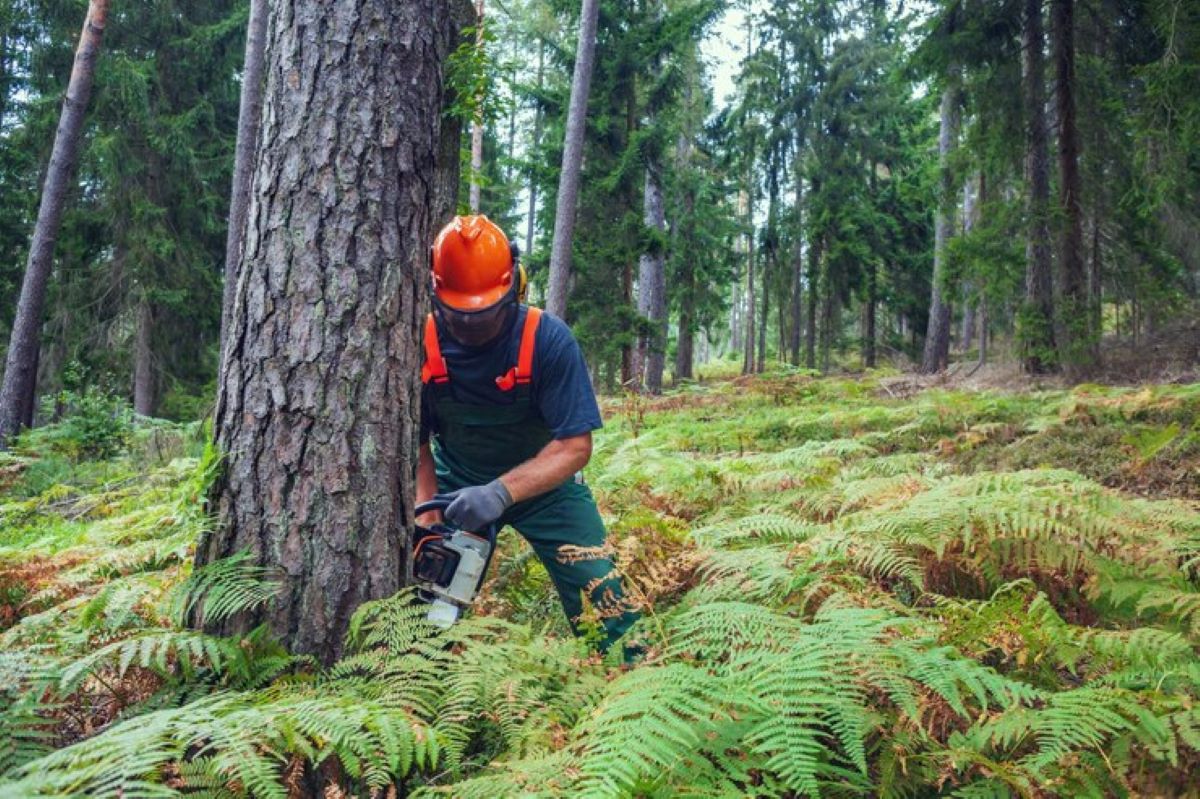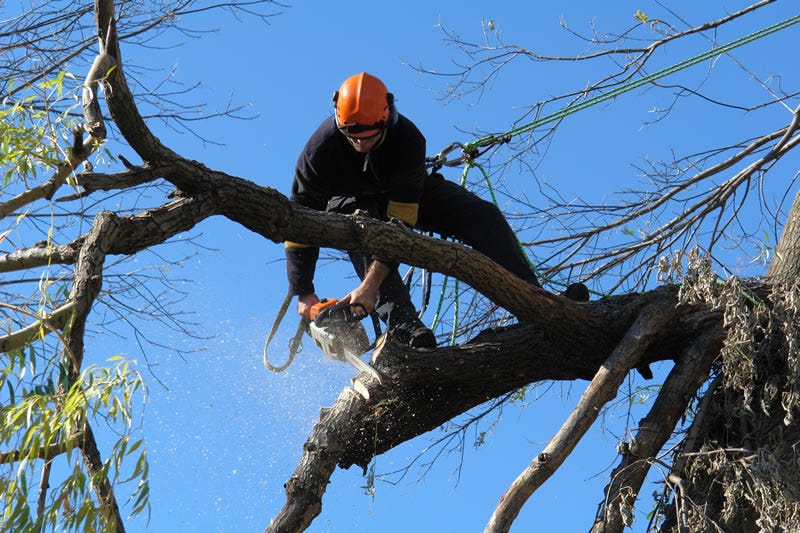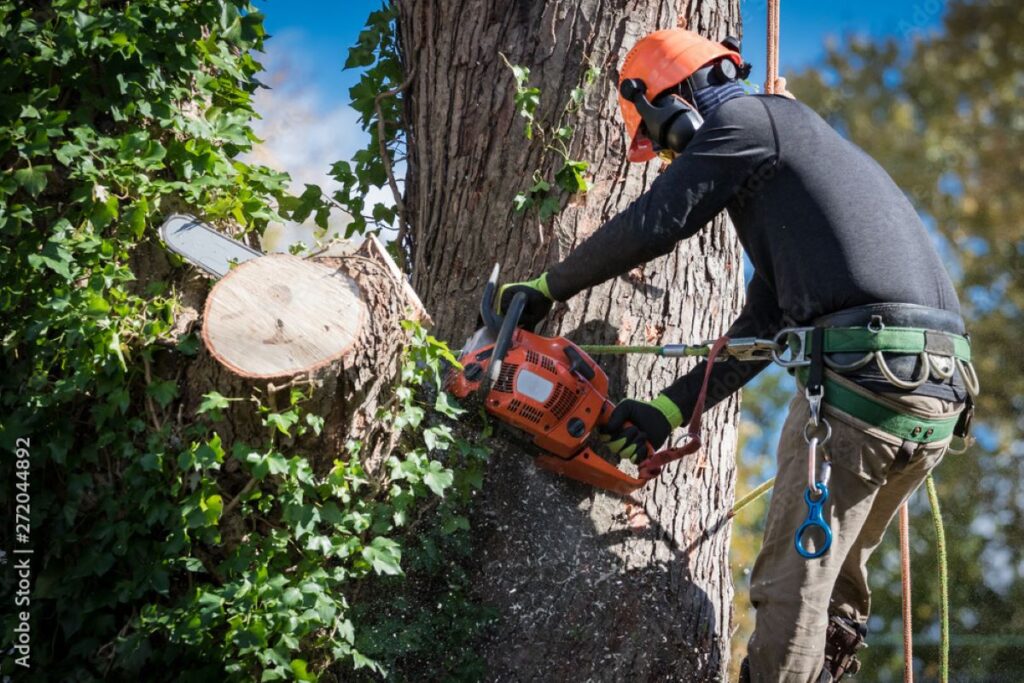Phone:
(701)814-6992
Physical address:
6296 Donnelly Plaza
Ratkeville, Bahamas.

The Inner West of Sydney is a vibrant region known for its eclectic mix of culture, community, and natural beauty. However, as urban growth continues to accelerate, the delicate balance between development and tree preservation becomes increasingly challenging. This article delves into the complexities surrounding tree removal in the Inner West, exploring the implications for the environment, community, and urban planning.
Trees play a crucial role in urban ecosystems. They provide shade, improve air quality, and enhance the aesthetic appeal of neighbourhoods. In densely populated areas like the Inner West, trees also contribute to the mental well-being of residents by offering a connection to nature amidst the urban sprawl.
One of the most significant benefits of trees is their ability to absorb carbon dioxide and release oxygen, which is vital for maintaining a healthy atmosphere. Additionally, trees help mitigate urban heat by providing shade and reducing the urban heat island effect. This cooling effect can lead to lower energy consumption for air conditioning, ultimately benefiting both the environment and residents’ wallets. Furthermore, trees play a pivotal role in managing stormwater runoff, as their root systems help to absorb excess rainfall, reducing the risk of flooding and erosion. This natural filtration process also improves water quality, which is essential for maintaining the health of local waterways and ecosystems.
Beyond their environmental contributions, trees have a profound social and psychological impact. Studies have shown that green spaces can reduce stress levels, improve mood, and foster community interaction. In the Inner West, where community ties are strong, preserving trees can enhance the quality of life for residents and strengthen local bonds. The presence of trees can also encourage outdoor activities, such as walking, jogging, and picnicking, which promote a more active lifestyle. Moreover, urban trees can serve as landmarks, creating a sense of place and belonging for residents. When people engage with their environment, whether through gardening or simply enjoying the shade of a tree, it cultivates a deeper appreciation for nature and encourages stewardship of local green spaces. This connection not only enriches individual lives but also fosters a collective responsibility towards maintaining the urban landscape for future generations.
As Sydney’s population continues to grow, the demand for housing and infrastructure increases. This urban development often comes at the expense of green spaces and trees. In the Inner West, where space is limited, the challenge of balancing development with tree preservation is particularly pronounced. The rapid urbanisation has led to a noticeable shift in the landscape, with towering apartment blocks replacing once-familiar parks and gardens. This transformation raises concerns not only about the loss of biodiversity but also about the impact on residents’ mental health and well-being, as studies have shown that access to green spaces can significantly enhance quality of life.
The local government has established regulations to protect trees, particularly those that are significant or heritage-listed. These regulations aim to ensure that tree removal services Inner West are justified and that adequate measures are taken to replace or protect trees during development. However, navigating these regulations can be complex, and there are instances where developers may seek to bypass them. Moreover, the effectiveness of these regulations is often called into question, as enforcement can be inconsistent. Community members have expressed frustration over perceived loopholes that allow for the circumvention of protective measures, leading to a growing demand for more stringent policies that prioritise ecological sustainability alongside urban growth.
Community opposition to tree removal is often strong, particularly when trees are seen as integral to the character of a neighbourhood. Local residents frequently advocate for the preservation of trees, citing their environmental and social benefits. This opposition can lead to public protests, petitions, and increased scrutiny of development proposals. In many cases, grassroots organisations have emerged, rallying support for the protection of local flora and fauna, and fostering a sense of community identity. These groups often collaborate with environmental experts to highlight the importance of urban trees in combating air pollution, providing shade, and supporting local wildlife. The passion and dedication of these community members serve as a vital counterbalance to the pressures of urban development, reminding decision-makers of the intrinsic value of maintaining a green urban landscape.
While trees are invaluable assets, there are circumstances when removal may be necessary. Understanding these situations can help clarify the complex relationship between urban growth and tree preservation.
One of the primary reasons for tree removal is health and safety. Trees that are diseased, damaged, or pose a risk to nearby structures or pedestrians may need to be removed to prevent accidents or further damage. In these cases, it is essential to conduct thorough assessments to determine the best course of action. For instance, a tree exhibiting signs of decay or infestation can become a hazard during storms, as weakened branches may fall unexpectedly. Regular inspections by certified arborists can help identify such risks early, allowing for timely interventions that protect both people and property.

In some instances, trees may need to be removed to facilitate essential infrastructure projects, such as road expansions or new housing developments. While these projects can enhance community amenities, it is crucial to consider the long-term impact on the environment and local ecosystems. The loss of mature trees can disrupt habitats for various wildlife species and contribute to increased urban heat, as trees play a vital role in regulating temperatures. Moreover, the removal of trees can lead to soil erosion and reduced air quality, making it imperative for developers to explore alternatives, such as relocating trees or implementing green spaces that can help mitigate these adverse effects. Engaging the community in discussions about tree preservation during planning stages can also foster a sense of shared responsibility towards maintaining the natural landscape amidst urban development.
As the Inner West grapples with urban growth, several strategies can be employed to ensure that tree preservation remains a priority. These strategies can help mitigate the impact of development while maintaining the region’s green spaces.
One effective strategy is the implementation of tree replacement programs. When trees must be removed, developers can be required to plant new trees to compensate for the loss. This not only helps maintain the tree canopy but also contributes to the overall health of the urban ecosystem. Additionally, it is crucial that the new trees are native species, as they are better adapted to the local environment and provide essential habitats for native wildlife. By selecting appropriate species, the ecological balance can be preserved, ensuring that the new plantings thrive and contribute positively to the area’s biodiversity.
Engaging the community in tree preservation efforts is vital. Educational initiatives can raise awareness about the benefits of trees and encourage residents to advocate for their protection. Community tree-planting events can also foster a sense of ownership and responsibility towards local green spaces. Furthermore, workshops that teach residents about the importance of urban forestry and the role of trees in combating climate change can empower individuals to take action. By providing resources and support for local gardening groups, municipalities can cultivate a culture of stewardship that extends beyond mere preservation, encouraging citizens to actively participate in the ongoing care and maintenance of their urban forests.
Several successful initiatives in the Inner West demonstrate how tree preservation can be effectively integrated into urban planning. These case studies highlight the potential for collaboration between local government, developers, and the community.
In recent years, the Inner West has seen a number of green space revitalisation projects aimed at enhancing existing parks and planting new trees. These projects often involve community input and focus on creating sustainable environments that benefit both residents and wildlife. By prioritising green spaces, these initiatives help maintain the ecological balance while accommodating urban growth.
Some developers in the Inner West have adopted collaborative approaches that prioritise tree preservation. By working closely with local councils and community groups, these developers create plans that integrate green spaces into their projects. This not only enhances the appeal of new developments but also ensures that trees are preserved wherever possible. Click here to get more about tree removal blue mountains: protecting heritage landscapes from overgrowth.
Advancements in technology are transforming how urban planners and arborists manage trees. Innovative tools and techniques can enhance tree preservation efforts and improve decision-making processes.
Geographic Information Systems (GIS) and mapping technologies allow for detailed assessments of urban trees. These tools can help identify tree health, species diversity, and spatial distribution, enabling more informed decisions regarding tree management and preservation. By utilising these technologies, urban planners can develop strategies that effectively balance growth and conservation.

Drones equipped with remote sensing technology can provide valuable insights into tree health and canopy cover. These tools can help identify areas where tree loss is occurring and inform strategies for replanting and conservation. By leveraging these technologies, urban planners can take a proactive approach to tree management.
As the Inner West continues to evolve, the need for a balanced approach to urban growth and tree preservation becomes increasingly critical. By fostering collaboration between local government, developers, and the community, it is possible to create a sustainable future that honours the region’s natural heritage.
Preserving trees is not just about maintaining aesthetics; it is about safeguarding the environmental, social, and psychological benefits they provide. With thoughtful planning and community engagement, the Inner West can thrive as a vibrant urban area while cherishing its green spaces.
Ultimately, the challenge lies in recognising that trees are not merely obstacles to development but essential components of a healthy urban ecosystem. By embracing this perspective, the Inner West can set a precedent for other urban areas grappling with similar challenges, ensuring that growth and preservation go hand in hand.